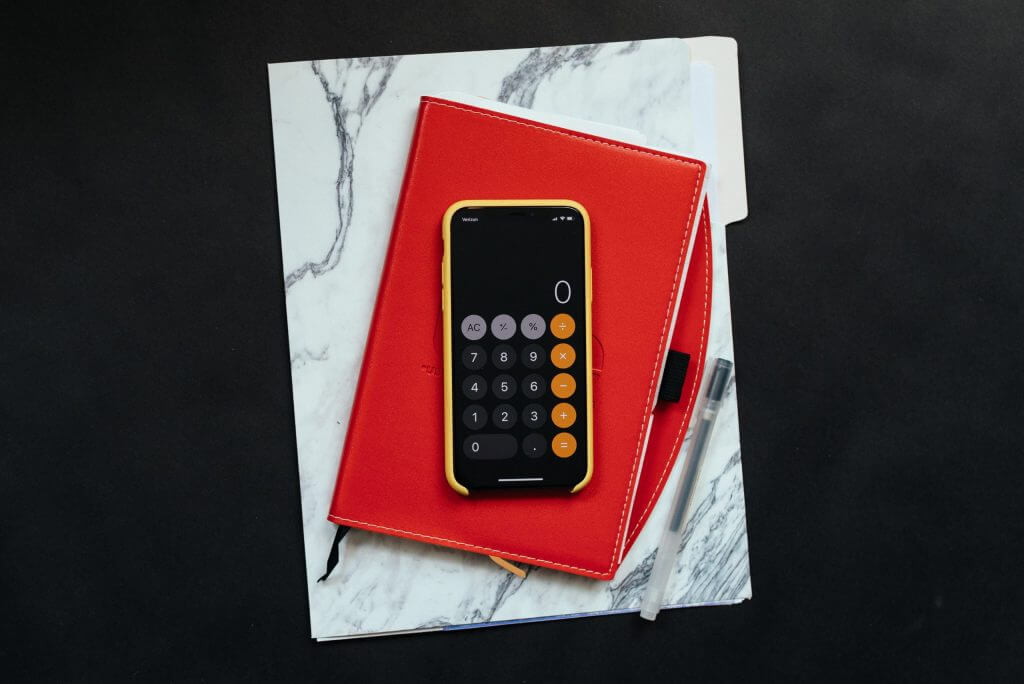
How to Create a Personal Budget
According to Money Magazine, the majority of the Australian population (86%, to be exact) are unaware of how much cash they are spending each month and do not know how to create a personal budget, even though it may cause them to lose sleep at night.
In other words, they just fumble along without a spending tracker and hope that they will be able to balance their books, while trying to forget about any rainy day risk.
This is not a sustainable situation, of course, and if you’re in this position, you really need to take steps to draw up a personal budget and to control your financial affairs.
However, this is where a lot of people stop, as they don’t know how to proceed.
Gathering the Data
Making a budget does not have to be overwhelming. You need to start by gathering as much information as possible, with the emphasis on accuracy.
Essentially, you will need to know how much you make from employment or self-employment and how much you spend on recurring and unusual costs.
You can use a spending tracker app to help you with this. While you may need to make some adjustments once you have crunched all those numbers, more of that in a second.
Different Accounts
Many people have several different financial instruments. These could include a checking account, a savings account, credit cards, or their superannuation. Refer to each one of these accounts and make a note of the balance in each case, together with the prevailing interest rate (and any associated expenditure).
Income and Outgoings
Next, focus on your income. For some people, this can be a relatively easy calculation if they get a set wage or salary on a weekly or monthly basis. Others may be self-employed and have a far less predictable flow of money. In this case, take an average over the last six or 12 months and use that figure here.
On the other side of the equation are your outgoing costs. Begin by looking at your predictable, recurring debt payments and make a separate list of those. Outgoings might include a mortgage or rent allocation, a car loan, direct debit deductions for credit card debt, student loans and certain utility bills.
Monthly Costs
You may have other monthly costs that are variable and you should make a separate list of those.
For example, your home utility bill may vary according to your consumption. If this represents a significant amount on an annual basis, then you should use the actual figures each month. If there is not that much variance across all four seasons, then you can use an average amount instead.
Categories
As you gather this information, it is a good idea to segregate into individual categories or silos. For example, you can put your electricity, Internet, cable, telephone and water bills under “utilities.”
Unusual Costs
Don’t forget to allow for unusual costs. These could include your annual family holiday; you can look back at your receipts from last year and use those figures. Add a small amount to the total for inflation, and you should be good to go.
Also, you may need to take your car in for a major service once per year and should include that information as well.
Budgeting Tools
Once you have all this detail, it is time to enter it into a personal budget spreadsheet of some kind. You can use a simple software program like Microsoft Excel, or you can use one of the many, excellent budgeting tools that will help to walk you through the process.
Accurate Information
Above all else, remember that you must compare like-for-like and make sure that your figures are relevant in each column. In other words, if you choose to do this on a monthly basis, you will have to enter relevant monthly costs and the amount of money that you earn on a monthly basis, even if you have to average it.
Seeing More Clearly
Once you have entered all the information into the tool and added up each column, you will be able to see where you stand from a budgetary perspective.
Congratulations, if this is the first time that you have performed this exercise – and don’t panic if the numbers look a little close in places.
Some people find that the cash in their bank is a little low at times and have to resort to paying a certain bill with a credit card. This may be because their monthly budget is, as they say in the trade, upside down at that point.
Now that you have a budget tool available, you should be able to avoid that kind of crunch in the future.
Trimming Time
You may need to make some difficult decisions at this point, relating to some aspects of your monthly spend. While you cannot do much about mortgage payments and the like, you may need to trim some of your discretionary spend.
Rainy Days Ahead
Ideally, you should have enough surplus in between your income and outgoing costs that you can put money aside for unexpected events and contribute to a savings fund. You’ll want to avoid living from paycheque to paycheque, as many people unfortunately do.
Now that you have all of the information in a personal budget planner, you will be able to make the adjustments necessary to keep you going in the right direction.
High-Interest Debt
Don’t forget about those credit cards. Many people have several of these and they typically command a high-interest rate.
While it is certainly possible to leave the high balance and pay the minimum amount each month, this is not a good strategy.
Did you know that if you carried a $10,000 balance on your cards with a 30% interest rate and paid only the minimum each month, that it would take you over 40 years to repay that amount and in doing so, you’d pay $20,000 in interest? That’s certainly a sobering thought.
Tinker with your outgoing payments to pay more against those card balances as you move forward.
Keep It Going
Refer to your budget at least once per week and make sure that you keep it updated with accurate information through a personal expense tracker app.
If you are disciplined and monitor this carefully, you will be able to keep on top of your financial situation and sleep more soundly at night.
Start your savings journey today with a head start. Join the UBOMI family today for the insights and guidance you are looking for!
If you like our ‘how to create a personal budget’, watch this space for regular updates and budgeting tips!




